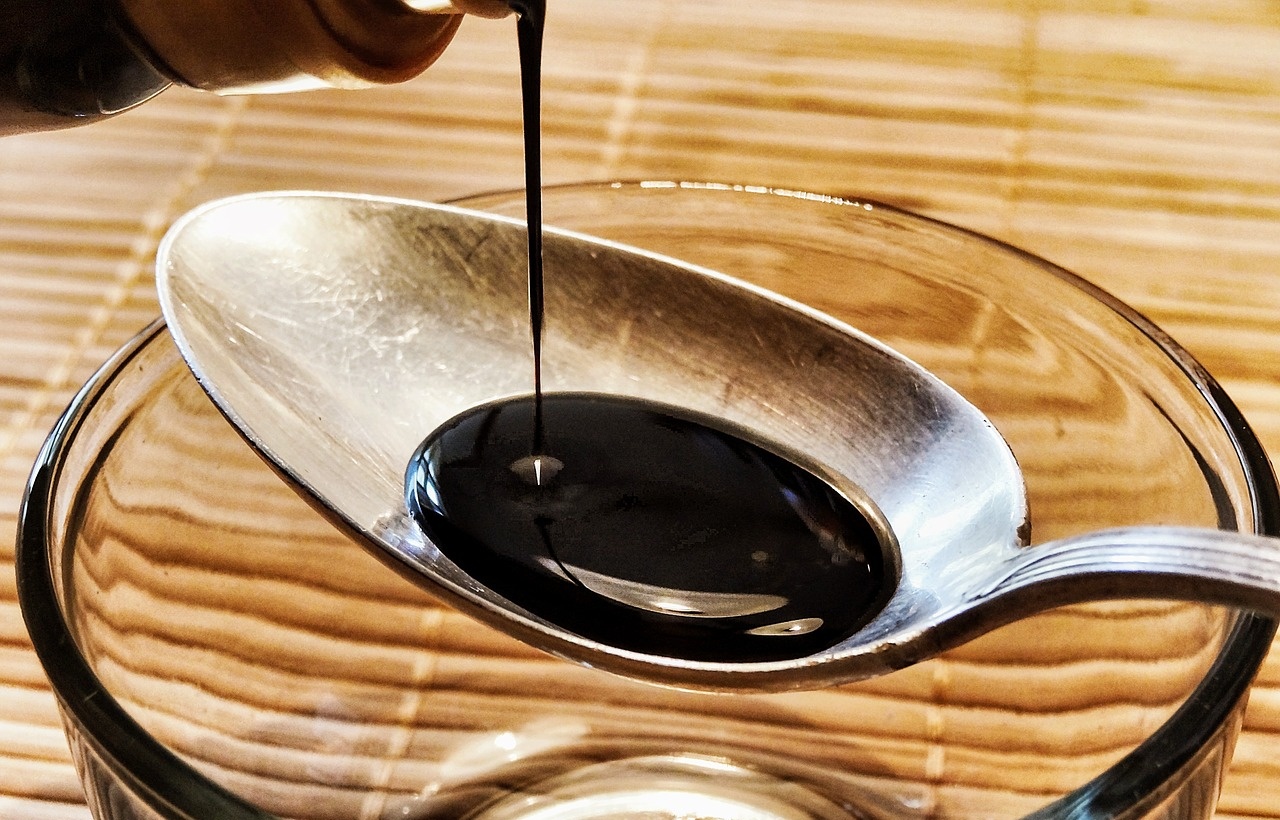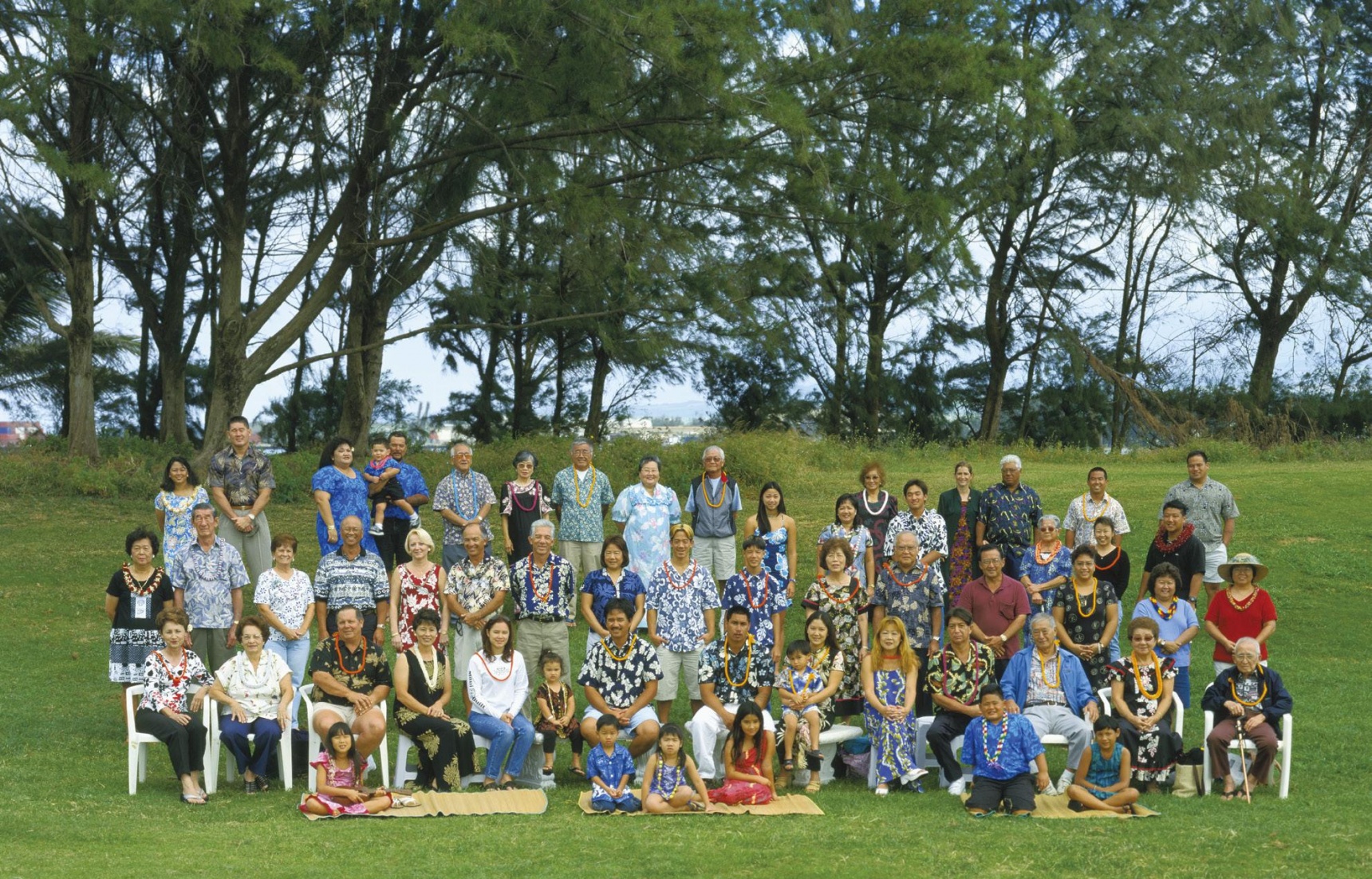
The Japanese Seasoning on Everyone’s Table
Known as 'shoyu' in Japan, soy sauce is ubiquitous in Japanese cuisine, whether it’s being drizzled on roasting corn or adding flavorful depths to vegetable, fish and meat dishes.


Known as 'shoyu' in Japan, soy sauce is ubiquitous in Japanese cuisine, whether it’s being drizzled on roasting corn or adding flavorful depths to vegetable, fish and meat dishes.

This summer the Ministry of Justice began granting special long-term visas to fourth-generation Nikkei Japanese. If they meet the requirements, applicants can receive a visa of up to five years with no limits on the type of work they do.
The Aomori Nebuta Festival enthralls millions of visitors every year from August 2 to 7, with brightly lit, intricate and boldly colored floats known as nebuta.
Known locally as Iriomotejima, this remote Okinawan island is almost entirely covered in virgin subtropical forest and mangrove trees, and is often called “Japan’s last secluded island.” Iriomote is also home to rare plants and animals!
Two hours away by ferry from Wakkanai City in Hokkaido, Rebun Island is especially cool and delightful during the summer as hundreds of types of flowers bloom among its mountains and on its shores, and the surrounding sea offers up delectable fare.
Imari ware began shipping from Japan to Europe in the late 17th century, and the elegant porcelain thrilled royals and nobles. The mountain village of Okawachiyama and its secret kilns is the best place to explore the history of Imari ware.
A journey on Minami Aso Railway’s trolley train, which trundles past the Aso Caldera—one of the world’s largest volcanic craters—gives riders the leisurely opportunity to marvel at the natural splendors of Kumamoto’s landscape.
Zen concepts and practices have heavily influenced prominent people in the West in all fields, from business to entertainment to the arts. What is it about Zen that attracts them?
